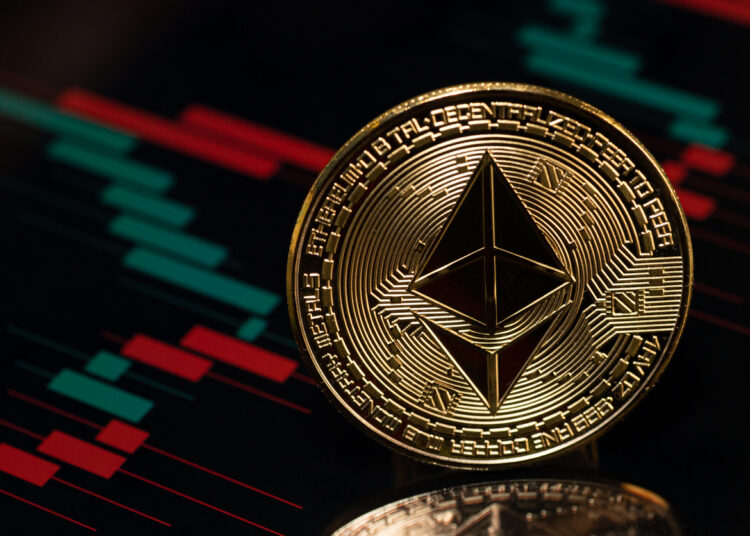World’s largest bank ICBC praises evolution of Bitcoin and Ethereum as innovative financial assets


The Industrial and Commercial Bank of China (ICBC), the world’s largest lender, recently released an in-depth analysis highlighting the rapid development and increasing diversity of digital currencies. Here, Bitcoin is compared to gold and Ethereum is considered “digital oil.”
The report highlights humans’ capacity for imaginative belief as a driving force behind the exponential growth of digital currency types and applications, as noted by historian Yuval Noah Harari.
Matthew Sigel, head of digital asset research at VanEck, said:
“Chinese SOE banks continue to write love letters to Bitcoin and Ethereum.”
The ICBC report outlines different development paths for different digital currencies that address unique needs within the financial ecosystem.
love letter
Market demand has fueled innovation in the digital currency sector, from the creation of Bitcoin (BTC) to the evolution of Ethereum (ETH) and the exploration of central bank digital currencies (CBDCs), according to a report from ICBC.
ICBC said Bitcoin has succeeded in maintaining scarcity similar to gold through a mathematical consensus mechanism. The flagship cryptocurrency has solved issues related to divisibility, authenticity verification, and portability. The report added that even as Bitcoin’s monetary properties are weakening, its status as an asset is solidifying.
Meanwhile, Ethereum is positioning itself as the “digital oil” that provides “the technological power for the digital future” and can power numerous applications across the web3 ecosystem.
Distinct from Bitcoin, Ethereum incorporates Turing completeness through its proprietary programming language, Solidity, and its virtual machine, EVM.
This feature will allow developers to create and manage complex smart contracts and applications, establishing Ethereum as an important platform for DeFi and NFTs. The report also acknowledged the potential for Ethereum to expand its influence with the Decentralized Physical Infrastructure Network (DePin).
Despite its potential, Ethereum faces several practical challenges, including security vulnerabilities, scalability issues due to high computational demands, and significant energy consumption.
Ethereum developers are exploring various solutions to address these issues. The introduction of the Proof-of-Stake (POS) consensus mechanism and sharding technology in the Ethereum 2.0 upgrade aims to improve network throughput and sustainability. Additionally, developers are developing layer 2 solutions such as state channels, sidechains, and rollups to improve scalability.
Stablecoins and CBDC
The report also highlighted the important role of stablecoins in bridging the gap between digital currency markets and the real world. Stablecoins, which peg value to traditional assets such as fiat currencies, provide stability in volatile cryptocurrency markets.
ICBC said stablecoins facilitate seamless transactions and provide a reliable store of value, making them an essential tool for everyday financial activities and a bridge for integrating digital currencies into the global financial system.
CBDCs also represent an important innovation in modern monetary systems. By digitizing fiat currency, central banks can increase the efficiency of payment systems, reduce transaction costs, and improve the effectiveness of monetary policy.
According to the report, CBDCs can provide greater financial inclusion by streamlining cross-border transactions, reducing reliance on intermediaries, and providing access to digital financial services for unbanked populations.
The report noted that the development and implementation of CBDC infrastructure must carefully consider privacy, security, and regulatory implications to ensure success and widespread adoption.
The report concludes that while the development vision of each digital currency varies, they all aim to improve financial inclusion, security, and payment efficiency. As digital currencies continue to evolve, developers and policymakers must focus on balancing sustainability, security, and efficiency.



